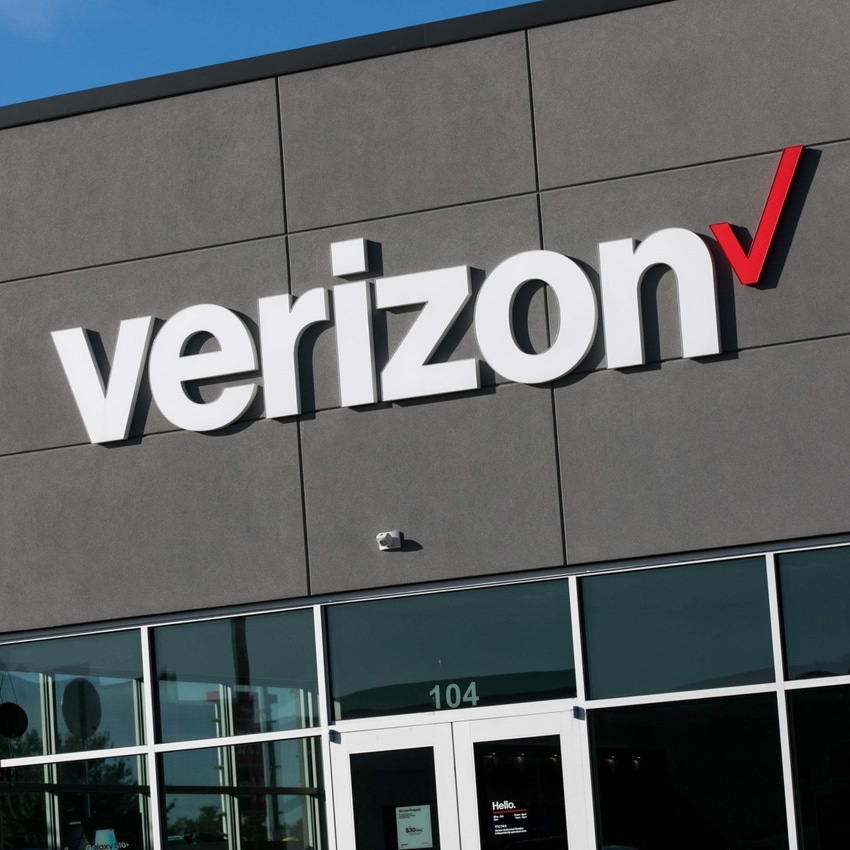Verizon could be a sleeping giant in US fiber expansions
Verizon indicates interest in using government funds to increase its fiber buildout and some analysts think Verizon is under-appreciated as a fiber player.

It's no secret that AT&T, Lumen Technologies, Frontier Communications, Brightspeed and others are in the midst of a historic buildout of fiber across the US. But some analysts see Verizon as a potential dark horse in the space, if the company's management decides to refocus Verizon's attention from wireless to the fiber side of things.
"Verizon will be an important petri dish of what others may (and should!) do," wrote longtime telecom analyst Jennifer Fritzsche, now a managing director at investment bank Greenhill, in a recent iGR post.
According to analyst Jeff Heynen, of research and consulting firm Dell'Oro Group, government subsidies could help push Verizon into high gear when it comes to fiber. Indeed, he pointed to the $11 million the company recently received from the state of Maryland via American Rescue Plan Act (ARPA) funds. Verizon plans to add $14 million of its own money to that total to build fiber to 4,000 previously unserved Maryland homes and businesses over the next few years.
"I think those kinds of announcements will be a good portion of the increase in [fiber] passings Verizon is expecting for the year," Heynen wrote in response to questions from Light Reading. "I would also expect Verizon to take a similar approach to BEAD funds."
Over the coming years, the NTIA's Broadband Equity, Access and Deployment (BEAD) program will allocate a whopping $42.5 billion to US states, mostly for fiber networks in rural areas. Comcast, AT&T and others have expressed a clear interest in using those funds to expand their own fiber operations.
An early fiber mover
As noted by FierceTelecom, Verizon first started deploying fiber under its Fios brand in 2005.
"This was a very controversial move at the time given the aggressive capital spend needed to do this. Management was highly criticized for spending this much capital for a product which many did not think consumers would need or want. Ironically, the estimated cost to build back then was ~ $1,220 / home (roughly the same cost as today)," Fritzsche noted.
Figure 1:  (Source: Kristoffer Tripplaar/Alamy Stock Photo)
(Source: Kristoffer Tripplaar/Alamy Stock Photo)
Verizon originally planned to reach 18 million fiber locations across a service territory totalling around 33 million. However, the company mostly paused that effort in 2010 amid a focus on its wireless business. Then, in 2015, it divested around 8 million locations in its wireline footprint to Frontier.
Today, Verizon's wired footprint covers roughly 25 million locations.
Fritzsche noted that Verizon ended 2022 with 17.1 million Fios fiber locations, intending to reach its original 18 million target by 2025. "Doing this math, it would suggest that by 2025, Verizon will have covered 72% (18 million of 25 million total homes) with its Fios product. This represents a 20 percentage point increase in what it originally planned to build as a percentage of its footprint," she wrote. "Put another way, Verizon plans to build the same number of fiber-fed homes (if not more) in a footprint that is 25% less than it was eight years ago."
A focus on 5G
Verizon has been a loud proponent of wireless technologies, including using 5G to beam fixed Internet connections into homes and offices. The company's former CEO, Lowell McAdam, described 5G fixed wireless access (FWA) as "wireless fiber."
Verizon is working to extend its 5G FWA service to up to 50 million homes by 2025. In its most recent quarter, Verizon added 393,000 new FWA customers, bringing its total to around 2 million.
But there remain ongoing questions over whether FWA will remain a competitive product into the future. Indeed, FWA proponent T-Mobile is investing in fiber products in a growing number of locations.
And Verizon itself hasn't forgotten about fiber. The company added 63,000 Fios Internet customers in the first quarter, bringing its total fiber customer base to 6.8 million. And Verizon is adding roughly 500,000 new fiber locations to its network each year.
The fiber calculus
During Verizon's recent earnings call, company officials didn't make any firm commitments about pursuing BEAD funding. But the company will explore government subsidies "where it makes the most sense," according to Matt Ellis, Verizon's outgoing CFO.
The financial analysts at New Street Research recently speculated that Verizon could use government money to upgrade up to 8 million locations to fiber. However, "we may be understating their BEAD opportunity," they noted of Verizon.
The New Street analysts noted other benefits of participating in BEAD and government subsidies beyond just getting cash. "Securing subsidies in BEAD-funded markets could improve returns in markets that operators are already planning to upgrade themselves because some 'middle-mile' infrastructure will be shared," they wrote. "Relatedly, there will be markets adjacent to BEAD-funded markets that don't qualify as underserved, where upgrading from copper to fiber will become compelling once fiber for the BEAD-funded markets is in place."
However, they cautioned that various unknown factors could affect BEAD calculations across the country based on each state's approach and strategy to the topic.
The financial analysts at TD Cowen argued that Verizon could have an advantage in any expanded fiber buildout effort. "Verizon enjoys a commanding first-mover advantage, scale and tribal knowledge, having deployed Fios nearly two decades ago," they wrote in a recent note to investors. They said that Verizon estimates it can build fiber access in three to four months, whereas Lumen Technologies cites six to nine months on average, and Frontier targets six months in its best-case scenario.
Related posts:
— Mike Dano, Editorial Director, 5G & Mobile Strategies, Light Reading | @mikeddano
About the Author(s)
You May Also Like












